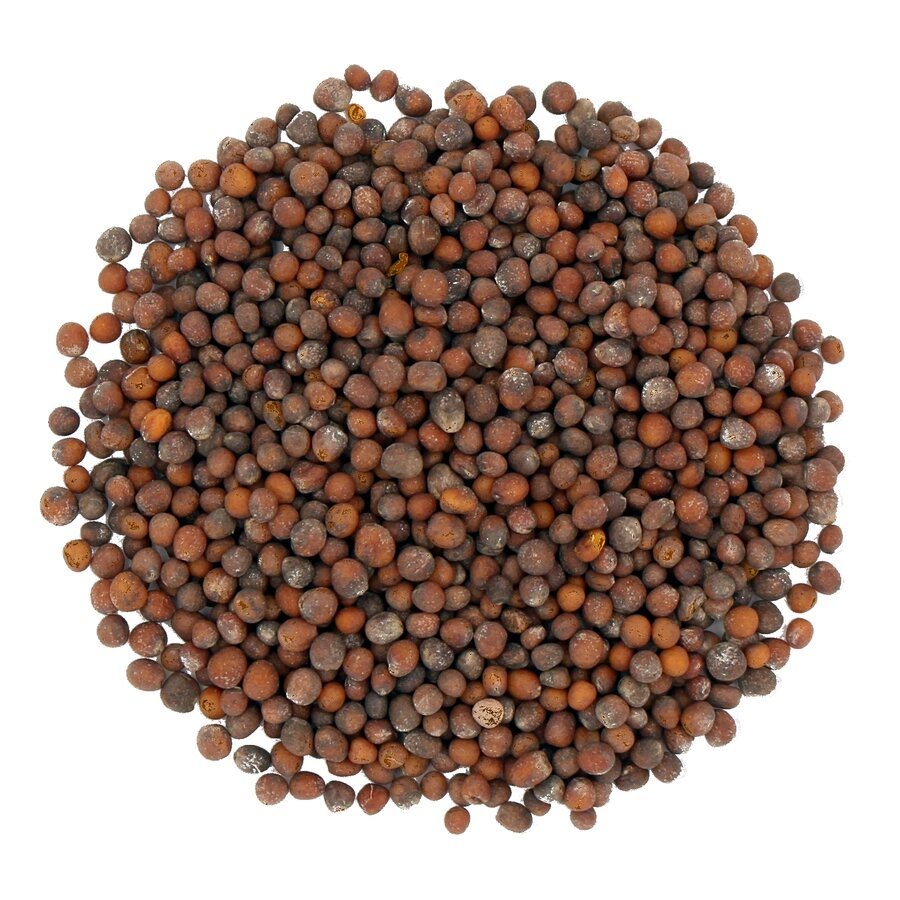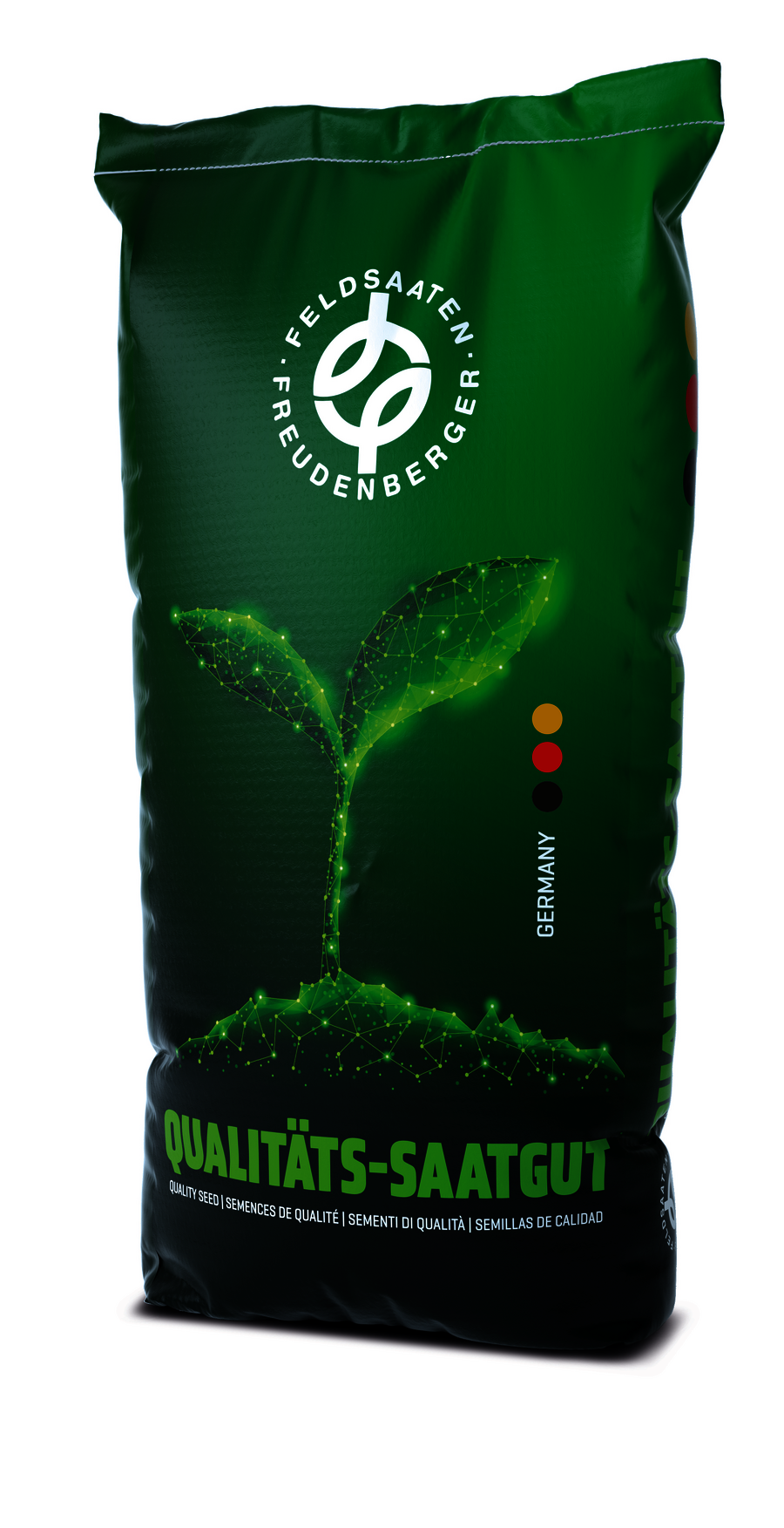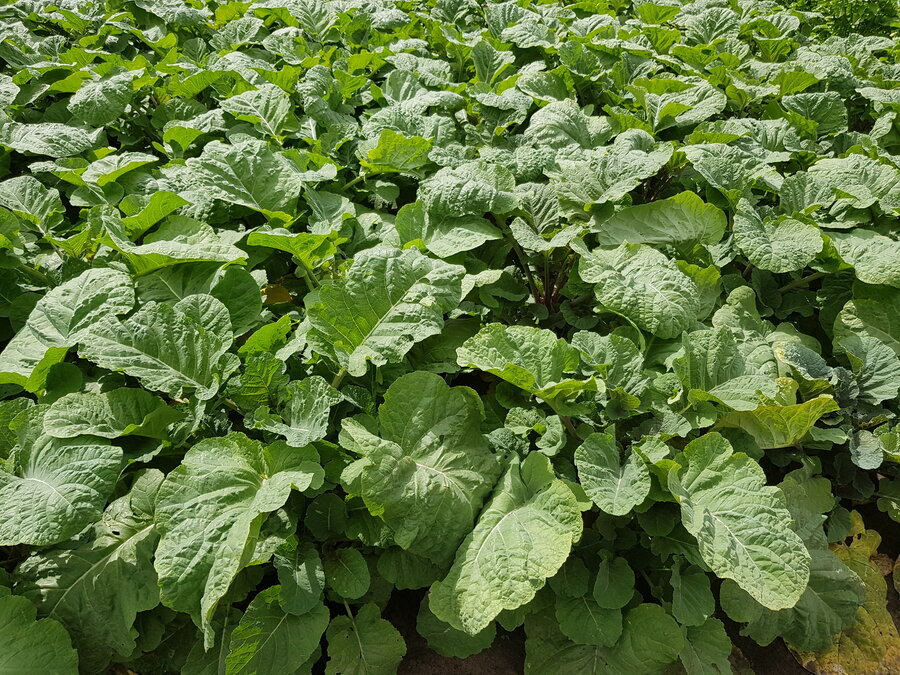Ethiopian mustard
Brassica carinata
Ethiopian mustard is a well-known species that likely resulted from a spontaneous cross between black mustard and wild cabbage in the highlands of Ethiopia. It has long been used as an oilseed crop. Breeding or simple selection has resulted in the development of leafy varieties for a number of nutritional uses (as greens or a fodder crop). The cultivation of mustard places restrictions on rotations that include rapeseed, sugar beets, potato and vegetables, since as a cruciferous plant it fosters and propagates clubroot and other parasitic nematodes. In catch crop cultivation, it can be used in mixtures as a fast-growing cruciferous plant or on its own.
Bundle: 25 kg
Category: Catch crops
- Varieties
- Sowing and fertilising instructionsSowing rate:
15 kg/ha
Distance between rows:12-15 cm
Sowing period:in spring and as a catch crop until the end of August
Fertiliser:max. 60 kg N/ha as catch crop
Sowing depth:1-2 cm
- DownloadsMore information




